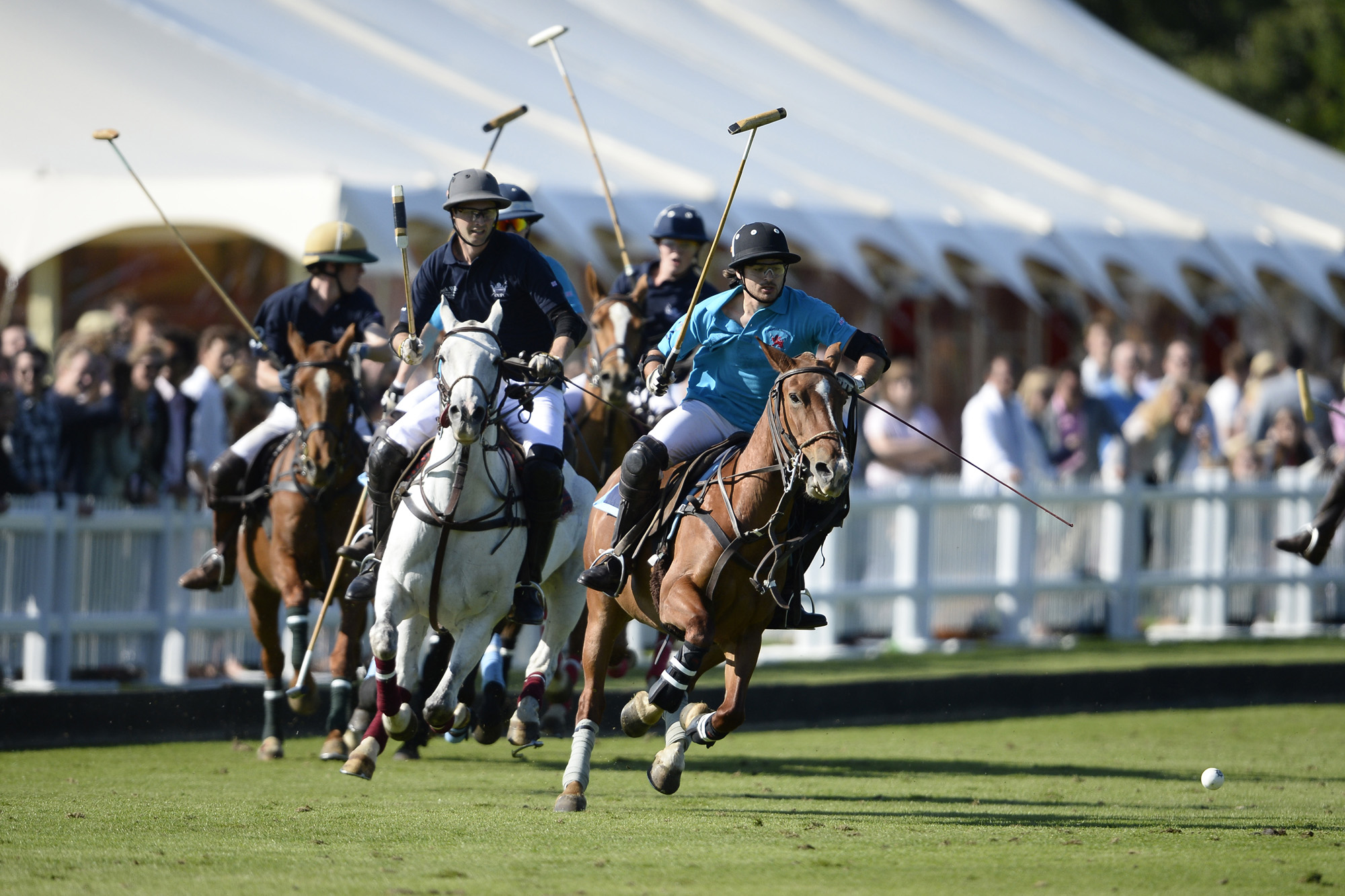How to play polo
- Introduction to Polo
- Understanding Polo Rules: Part 1
- Understanding Polo Rules: Part 2
Understanding Polo Rules: Part 1
Primary Objectives and Goals in Polo

Equestrian team sport.
Polo, often referred to as "The Sport of Kings," is a team sport played on horseback. The primary objective of the game is to score goals against the opposing team by driving a small white ball into the opponent's goal using a long-handled mallet. The team that scores the most goals wins the game.
Understanding the Main Aim of the Game
The main aim of Polo is simple: to score more goals than the opposing team within the allotted time. Each team consists of four players, and each player has a specific role to play. The game is played in periods known as 'chukkas,' and each chukka lasts approximately seven minutes.
The game begins with a throw-in from the umpire at the center of the field, and the teams then battle to take control of the ball and drive it towards the opponent's goal. The team that manages to hit the ball through the goal posts scores a point.
Scoring System and How Points are Awarded
In Polo, a goal is scored any time the ball crosses the line between the goal posts, regardless of how high in the air the ball may be. It doesn't matter who (including horses) or what knocks the ball through, as long as it goes between the posts. The team with the most goals at the end of the match wins.
If the game ends in a tie, an additional chukka is played. The first team to score in this extra chukka (known as 'sudden death') wins the game.
The Importance of Teamwork in Achieving Objectives
Teamwork is crucial in Polo. Each player has a specific role and position: Number 1 is the most forward offensive player, Number 2 is also an offensive player but with more defensive responsibilities, Number 3 is the tactical leader and main midfielder, and Number 4 is primarily a defensive player.
Effective communication and coordination among team members are key to outmaneuvering the opposing team and creating scoring opportunities. A well-coordinated team can effectively pass the ball, block opponents, and set up plays to score goals.
In conclusion, the primary objectives and goals in Polo revolve around scoring more goals than the opposing team within the allotted time. Understanding these objectives and the importance of teamwork in achieving them is crucial for anyone seeking to understand or play the sport of Polo.